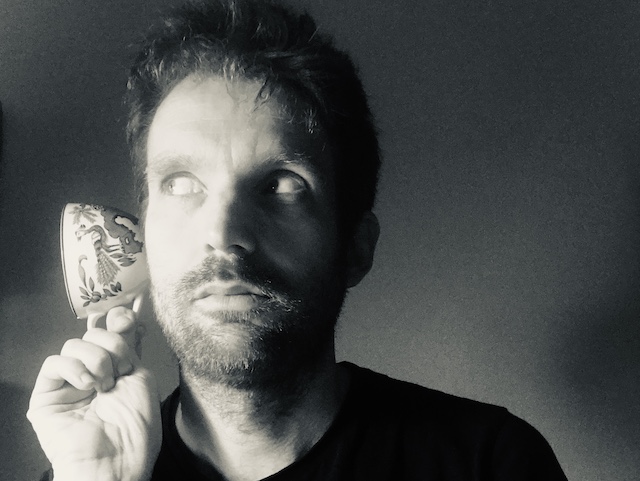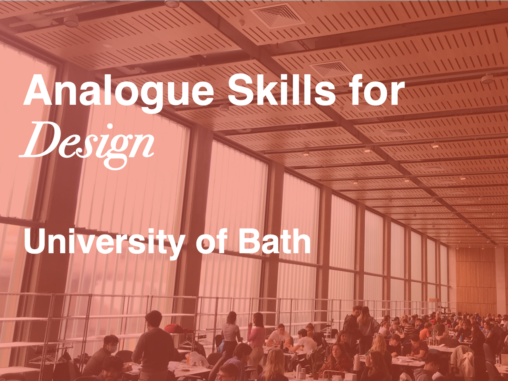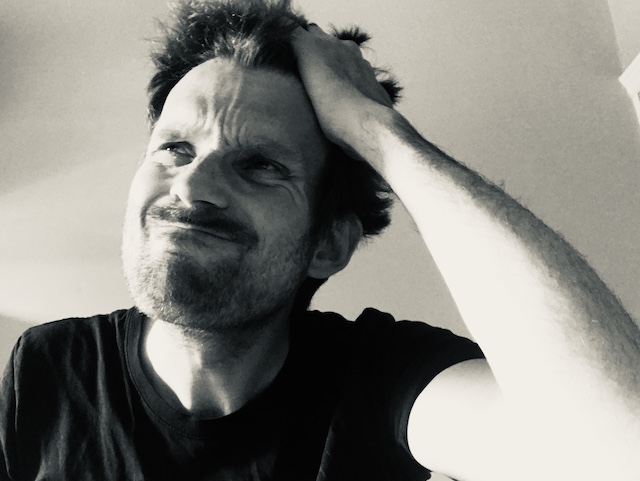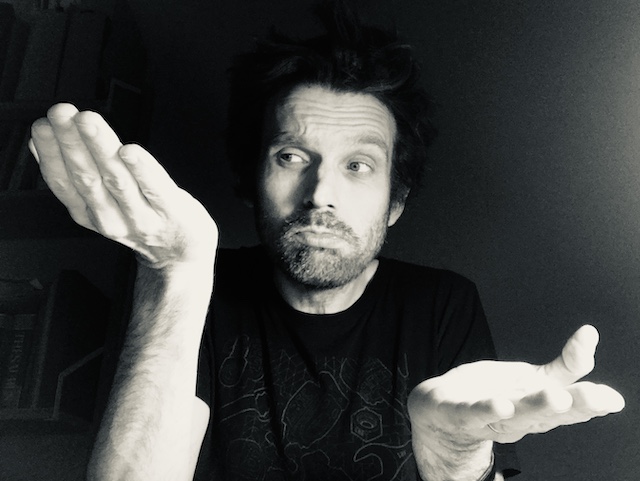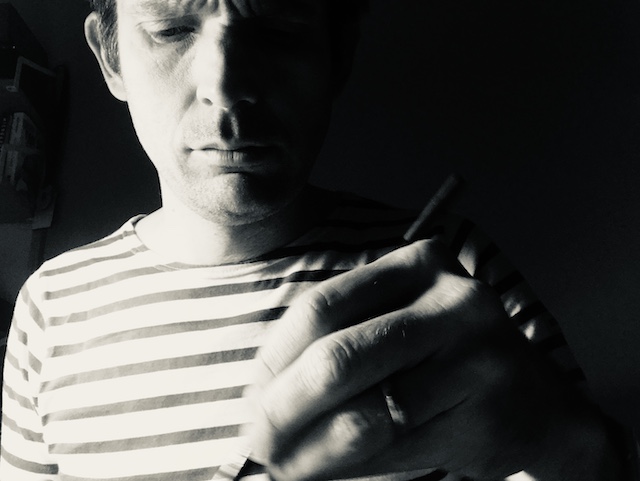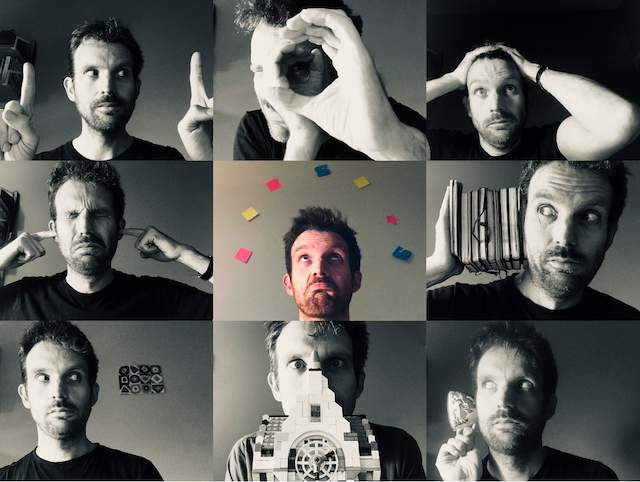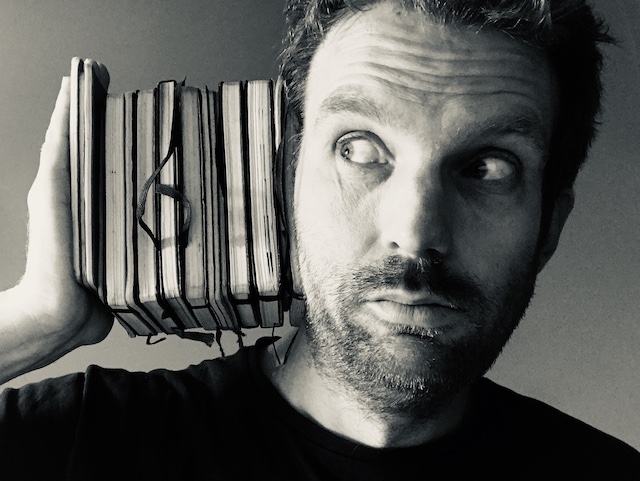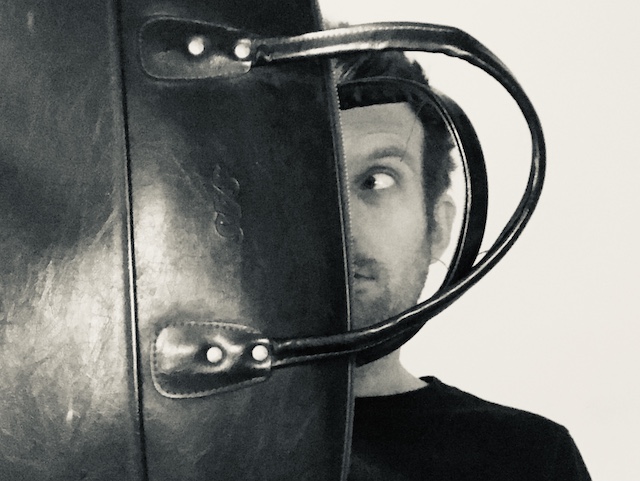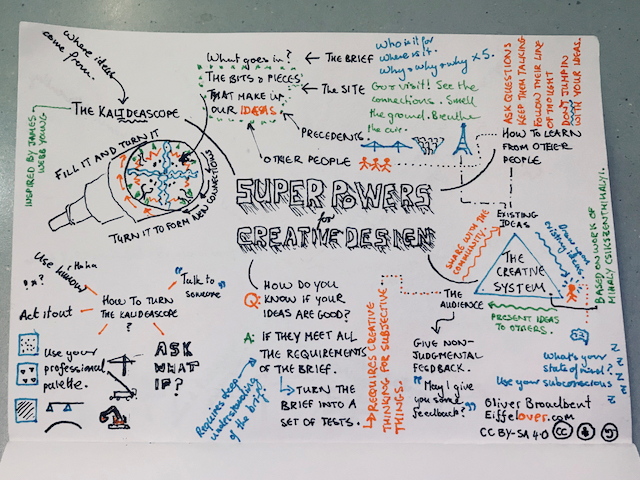Category: Teaching notesPage 1 of 2
‘Act it Out’ is my favourite technique for shifting creative thinking from the mind to the body. This post is another in my series on Turning the Kalideascope,…
Changing the key system is a technique I teach to help people develop new ideas when their thinking has become stuck. It’s one of my techniques for ‘turning…
Yesterday I was writing about what to do after declaring a biodiversity emergency. My conclusions was that the process starts with rethinking our relationship to our ecosystem. Not…
In my last post I asked how do I know if my ideas are any good? My answer was that a good idea is one that meets the…
In my second post on building creative surplus – the time and energy we need to invest in creative thinking – I describe the OOOOOO, an approach for…
Creative surplus is what you invest in order to create new ideas. Like operating surplus – or profit – it is what is left over when an organisation…
I picked up this tip at home yesterday – thanks Mary. It’s a formula for getting to the point when writing emails. What do you want the person…
Facilitation means making something easier. It isn’t about controlling; it’s about following, listening and enabling. In a workshop setting, it’s about having the confidence to let go of…
Today I’m preparing for a session I’m giving at the University of Cambridge tomorrow on how to sell ideas. To help prepare, I’m going back through old posts…
Together, the people around you know so much more than you do. In my last post for now on Filling the Kalideacope – gathering inputs for the creative…
This post is another in my series about inputs to the creative process, what I call ‘Filling the Kalideascope‘. Today’s input is visiting the site, and it cuts…

